“A dollar’s value depends on the tax trail it travels.”
How and when you access your income sources can influence the taxes you pay, your eligibility for government benefits and your long-term financial health. Whether you’re accumulating wealth, transitioning between career stages or planning for retirement, a tax-efficient withdrawal strategy can make a meaningful difference. Here is a brief look at common income sources and ideas to help you optimize withdrawals or manage income streams more effectively:
Non-Registered Accounts — Tax treatment depends on the type of income: interest (fully taxable), dividends (eligible for a dividend tax credit) or capital gains (50 percent is taxable). Tax-loss harvesting can offset capital gains to reduce your overall tax bill.
Registered Retirement Savings Plan (RRSP) — Withdrawals are fully taxable and subject to withholding tax. Importantly, once funds are withdrawn, contribution room is permanently lost.
TFSA — Offers significant benefits as growth is tax free and withdrawals are not taxed. This means withdrawals do not affect income-tested government benefits. Any amount withdrawn can be recontributed in the following calendar year.
Employment Income — If you continue to work while drawing income from other sources, consider how employment income will stack with taxable withdrawals. In high-income years, deferring benefits (if possible) or adjusting other withdrawals may help reduce the overall tax burden.
Here are additional considerations for those nearing retirement:
Canada/Quebec Pension Plan (CPP/QPP) — CPP/QPP benefits are taxable income. Timing matters: starting early reduces benefits by 7.2 percent per year before age 65. Delaying increases payments by 8.4 percent per year after age 65, to a maximum of 42 percent by 70. The total benefit received can impact income level and tax situation.
Old Age Security (OAS) — OAS is a taxable benefit starting at age 65. If you expect higher income later in life, here are two considerations: i) Clawback—If net income exceeds $93,454 (2025), OAS is reduced by 15 percent of the excess. At $151,668 (ages 65 to 74), it is fully clawed back; and ii) Delaying OAS—This increases the benefit up to 36 percent by age 70.
Registered Retirement Income Fund (RRIF) — Mandatory RRIF withdrawals begin the year after the RRIF is opened, increasing taxable income. Some choose to begin RRSP withdrawals earlier to manage future tax exposure or reduce the risk of triggering the OAS clawback.
Company Pension — Pension income is taxable. After age 65, the pension tax credit may help offset the tax liability. Consider timing your pension’s start with other sources of income to manage your tax liability.
Don’t Forget: Income Splitting — Couples can sometimes lower their combined tax burden by splitting certain types of income, especially when one has significantly higher income. For retirees, shifting eligible pension income may reduce taxes or the OAS clawback. In cases of continued employment, coordinating taxable income (particularly after 65) may yield tax savings over time. Planning together can lead to better outcomes.
Building a tax-efficient income plan involves many moving parts. Knowing how and when to draw income may help reduce taxes and preserve benefits. Alongside tax advisors, we can help develop a strategy that balances cash flow needs, tax implications and government benefits to support your long-term financial goals.




